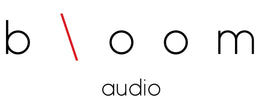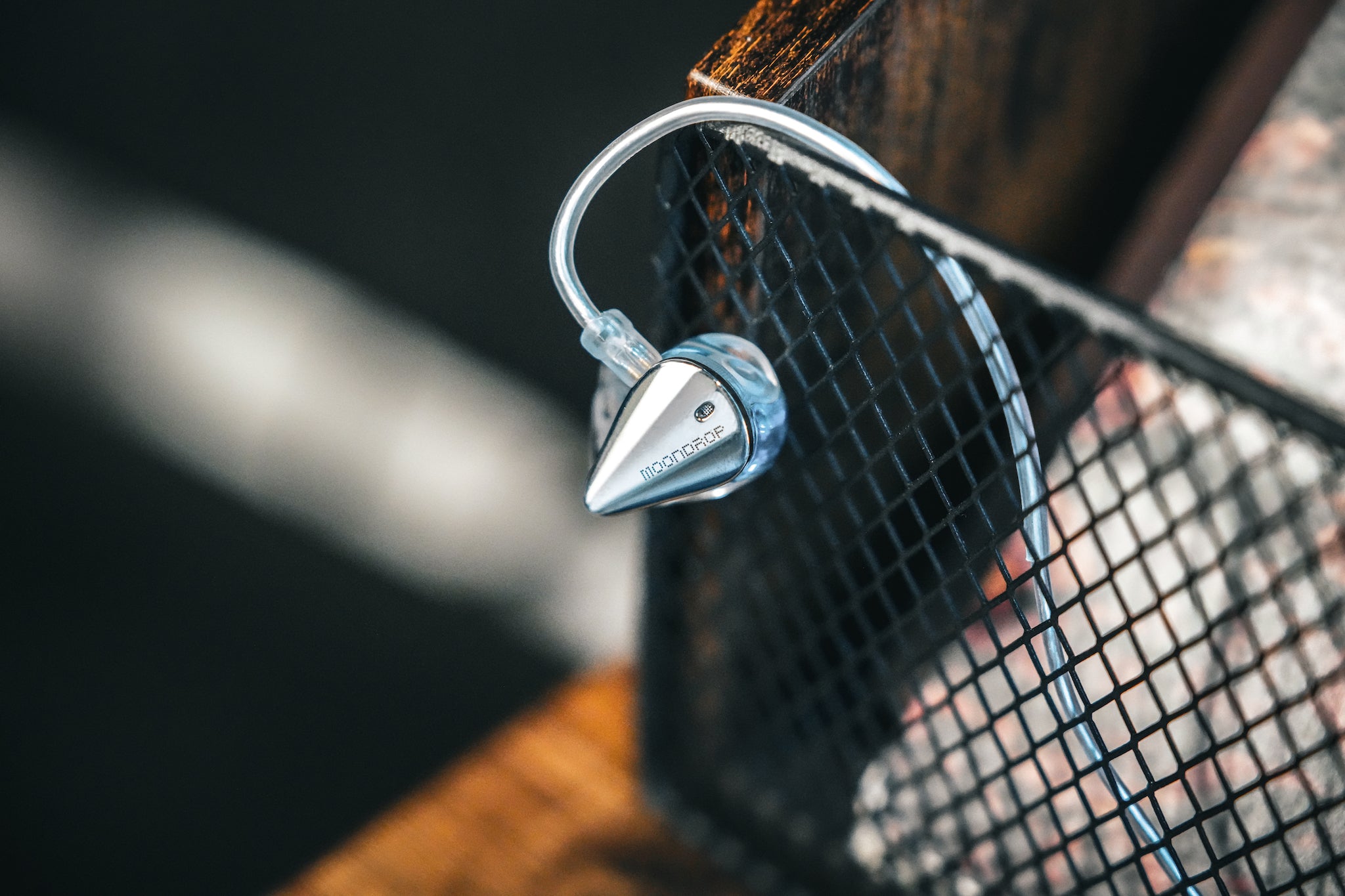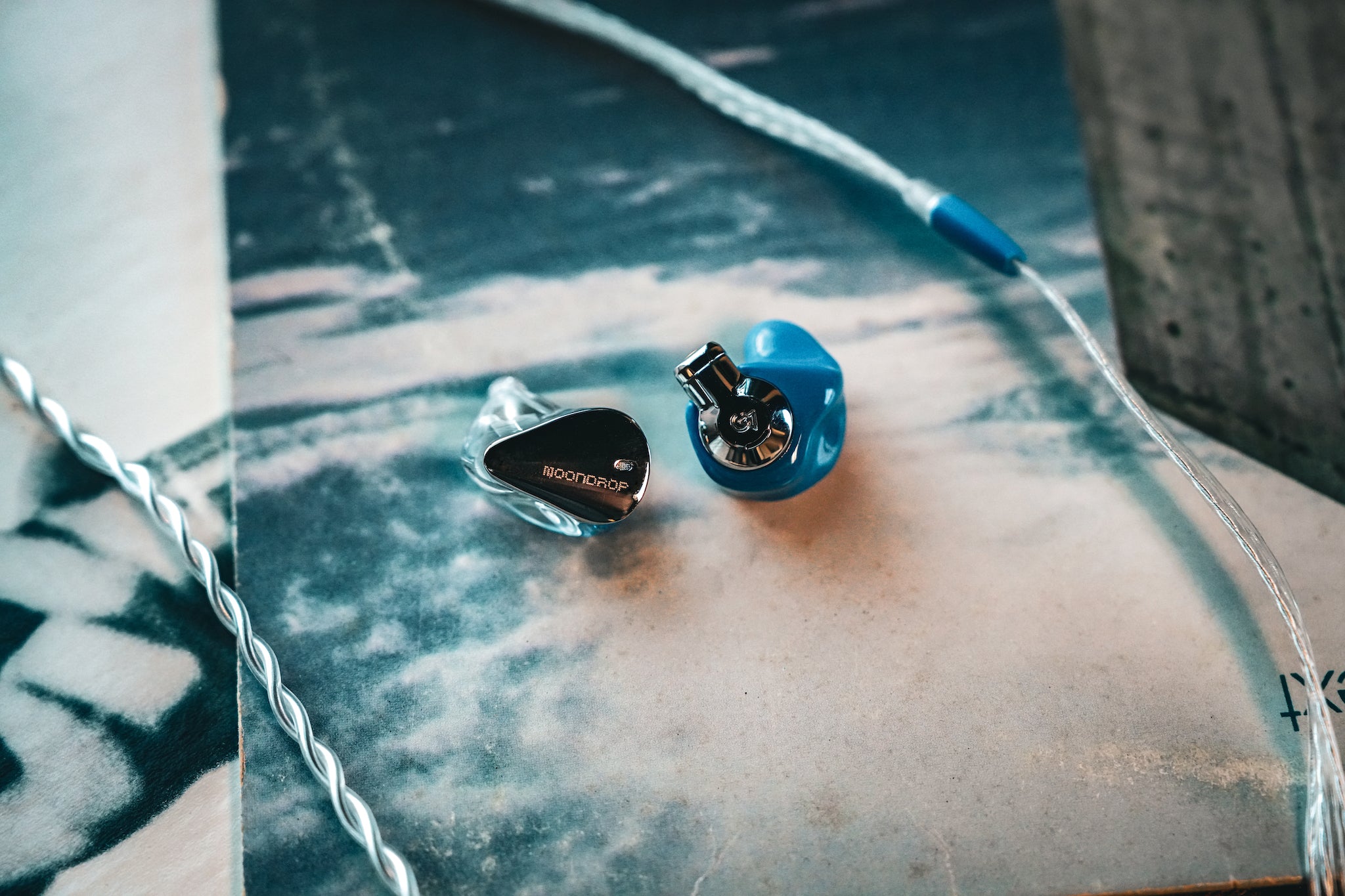Blessing 3 is a surprisingly complicated IEM. At the most basic level, it’s a $320 IEM with excellent technical performance for the price and a well constructed, neutral-leaning tuning. But the combination of its popularity and fans who might exaggerate its excellence might have left it over-hyped since release. Is Blessing 3 simply an excellent example of what’s possible in a $300 IEM, or is it a budget flagship IEM that competes with the big boys at a fraction of the price?
Build and Design
In the box, you get the IEMs and cable, a nice white leatherette case, some eartips, and an aviation adapter, along with the QC certificate and manual. The case is practical, with a zipper closure and a small internal pouch, and the stiffness should protect the IEMs. I don’t have a ton of confidence that the case will last particularly long, but it gets the job done. The provided silver plated copper cable meets expectations for the current wave of IEMs in this price bracket. The main body of the housing is made of 3D-printed medical grade resin, while the faceplate is aluminum with a vent on the front.
Internally, Blessing 3 delivers the low end with the Horizontally-Opposed Dual Dynamic Driver Unit System (HODDDUS), which aims the two drivers directly at each other, perpendicular to the ear opening. There are also four balanced armature drivers, which cover the mids and highs. The dual-dynamic driver setup might lead you to believe that you’re getting a basshead sound, but that’s not the case with Blessing 3.
Sound
Blessing 3’s sound is largely neutral with a small bass boost, very much in line with many popular tuning targets represented in IEMs from budget tier to flagship. What helps Blessing 3 stand out from similarly tuned, lower priced options – and many options in the same price bracket – is its strong technical performance. Beyond having a great tuning Blessing 3 offers excellent detail retrieval and resolution.
The bass is slightly emphasized, but very well-controlled, with the dual dynamic driver setup providing impressive speed, impact, depth, and texture. While it might come up short in bass quantity for bassheads, the quality of the bass presentation, in terms of detail, texture, and balance is one of Blessing 3’s highlights.
The midrange and treble generally strike me as well-tuned and “safe.” The timbre is mostly natural, with a touch of brightness at times. Instruments and vocals are well balanced and cleanly separated. The mids can feel slightly thin at times, but also don’t get congested in more complex pieces. The treble has good fundamentals, and avoids any sharpness or fatigue, but I sometimes wished there was just a little more top-end sparkle or air.
While the soundstage is fairly wide and the separation between instruments and other elements of the image is clear, there isn’t a lot of depth to the image. Some sources brought out more holographic elements in the imaging, demonstrating that Blessing 3 can scale up with options like the Questyle CMA18 Portable or iBasso DX260.
The opening guitars on “Brick by Boring Brick” by Paramore have a nice snarl, and the cymbals spread out wide to define the space. The top of the snare feels just slightly rolled off, while the kick drum is tight and punchy. The lead vocals are set back just the slightest bit in the mix on the verse and chorus, but feel more up close and intimate on the pre-chorus. There’s a nice separation between each element of the band, allowing to adjust your focus and pick up each part clearly.
Dream Theater’s “Pale Blue Dot” opens with the guitar and bass playing in unison, punctuated by fast double bass drum work and underlaid with synth pads. Blessing 3 captures the punch of the bass combined with the unique texture of each instrument, offering a detailed reproduction of the complex composition. The vocals sit just above the instrumentation in the imaging, and this track had a stronger three-dimensional feeling than many of the other songs I listened to with Blessing 3. Throughout the song, Blessing proves to be adept at capturing the subtle nuances of each instrument along with the speed and energy of the performance.
Blessing 3 has no trouble making the switch to jazz with a track like “Isotope” by Joe Henderson. Blessing is perfectly comfortable sifting through the rhythms and timbres of big band, offering good dynamics in the horns, and nice bit of pluck in the upright bass. The persistent ride has a clear ring without becoming irritating, and the kick keeps a steady thump. The ensemble feels cleanly spaced out around the stage, and the overall presentation is natural and lifelike.
Comparison: Thieaudio Hype 2, Campfire Audio Cascara
I’ll admit, my first impression of Blessing 3 was that it was technically strong, but a little bit boring at times, so I brought in two other IEMs under $500 that I find to be a little more fun to see if they changed my thoughts on Blessing 3 at all. The Thieaudio Hype 2 is a four driver hybrid that also features two dynamic drivers – somewhat similarly to Blessing 3 – but has a little more of a v-shaped bend to the sound. Campfire Audio’s Cascara is a single dynamic IEM that goes for a warm, low-end emphasis.
Hype 2 has more energy overall and a harder hitting bass, but ends up with thinner mids and a little bit of lost detail. The deeper, fuller bass adds to the engagement with rock, pop, alternative, and hip hop, but side by side with Blessing 3 you might miss a little bit of the extra details the Blessing extends into the low end. The extra air in the top also gives Hype 2 a little more of a spacious sound, but can result in some more sharp tendencies with cymbals and brass.
Cascara leans harder into the low end, with a warm timbre and bass that hits with more punch and rumble than Blessing 3, but less texture and detail. Cascara’s soundstage feels pretty big, but there’s less well defined separation. While electronic music fans will dig the bass, I felt that it excelled most in the rock, classic rock, and alternative space. However, it can feel congested with more complicated music like jazz/fusion or orchestral pieces where Blessing 3 thrives.
While Blessing 3 might not have the same top-end sizzle as Hype 2, or the bass impact of Cascara, it demonstrates the value of versatility and balance in the tuning. If I were picking two or three IEMs under $500 to bring with me on a trip, Hype 2 or Cascara would be strong candidates, but if I could only bring one, Blessing 3’s balance and versatility could easily win me over.
The Bottom Line
The issue with many IEMs under $500 is that they are either simply safe tunings that adhere nicely to a target curve but lack the sort of standout technical characteristics of Blessing 3, or that they are excellent at one some things, but don’t have the sort of all-around versatility for all genres that makes them a good pick as a daily driver for most listeners. By capturing the versatility that comes from good execution of a solid target tuning, and the technical performance that comes from Moondrop’s excellent engineering and design, Blessing 3 stands out as a great all around pick, and one of the best IEMs under $500.











